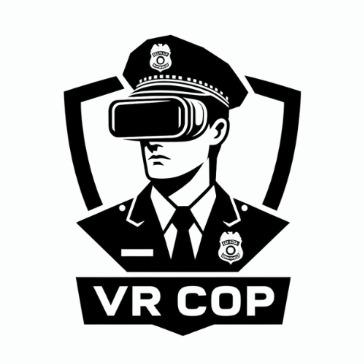VR Cop
Bridging the Gap between simulation and reality
Created on 7th April 2024
•
VR Cop
Bridging the Gap between simulation and reality
The problem VR Cop solves
- Improves decision-making skills and enhances situational awareness
- Allows for repetitive training in a safe environment without the risks associated with real-world scenarios
- Enables trainees to practice high-stress situations and experience the emotional and physical responses that accompany them
- Helps to reduce errors, accidents, and liability risks associated with inadequate training
- Provides instructors with a comprehensive view of trainee progress and areas for improvement, allowing for more targeted training and skill development.
- Enhances the overall quality and effectiveness of training, leading to improved performance and safety outcomes in the field.
Challenges we ran into
- Hardware Compatibility: Ensure compatibility with various VR hardware devices such as Oculus Rift, HTC Vive, or Windows Mixed Reality headsets.
- Performance Optimization: VR applications require high performance to maintain a smooth and immersive experience. Optimization techniques such as occlusion culling, level of detail (LOD), and efficient rendering are crucial.
- Movement and Navigation: Implementing intuitive movement and navigation controls in VR while preventing motion sickness is crucial.
- Cross-Platform Compatibility: Ensuring the VR application works seamlessly across different platforms (Windows, macOS, Linux) and web browsers.
Technologies used
Discussion
Builders also viewed
See more projects on Devfolio
